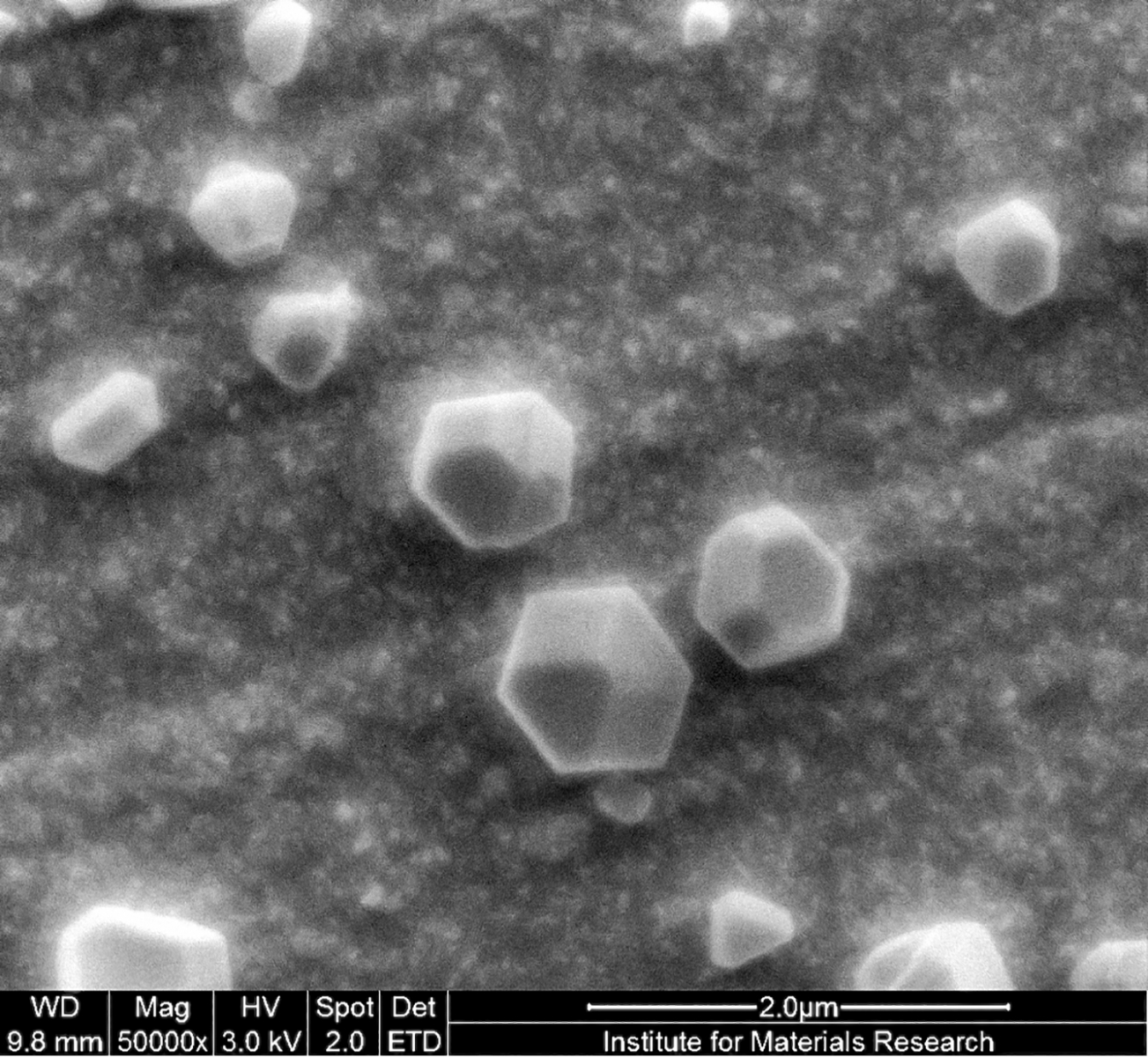Bigger is not always better
It is usually the largest diamonds, such as the legendary Cullinan Diamond, that grab the public’s attention and make people swoon. Symbols of love and faithfulness, the general opinion of diamonds is “the bigger the better”. Nonetheless, the gems making news today aren’t heavy-weight, high-carat gems; they are the smallest diamonds ever created.
Our research showed that a cluster of 26 carbon atoms is the absolute minimum number of atoms that will successfully form a perfect diamond crystal core.
Prof. Milos Nesladek and his team at Hasselt University (UHasselt) have successfully designed a method for generating the smallest pure diamonds possible. The synthetic ‘nanodiamonds’ are based on a core of only 26 carbon atoms; the minimum number of atoms needed for the formation of a diamond crystal structure. Nesladek explains:
“These diamonds are important not just because of their small size, but also because of their level of purity. By starting from scratch and building a diamond from the bottom up, we have managed to generate diamonds free of any impurities, making them ideal for delicate processes such as medical imaging techniques.”

A microscopic picture of synthetic nanodiamonds. Image courtesy of UHasselt
And the magic number is: 26!
Natural diamonds are created when carbon in the earth’s mantle, under immense pressure and temperature, form a cubic crystal structure in a repeating pattern of eight atoms. There are two main techniques currently employed for making synthetic diamonds: the high-pressure high-temperature method (HPHT) and the chemical vapor deposition method (CVP).
We have managed to generate diamonds free of any impurities, making them ideal for delicate processes such as medical imaging techniques.
To synthesize the microscopic UHasselt diamonds, which are about 100 000 times smaller than the width of a human hair, Nesladek and his team used the CVP method. They determined the smallest possible diamond core via both a theoretical and experimental approach:
“It is the first time that the minimum number of atoms needed to form a diamond has been determined” said Nesladek. “In our laboratory we worked bottom-up: We first synthesized diamondoid molecules and then bound them together incrementally. Our research showed that a cluster of 26 carbon atoms is the absolute minimum number of atoms that will successfully form a perfect diamond crystal core. From this core, the pure diamond can be grown further.”
Sparkling insights
Diamonds have been artificially produced for decades, stretching back to the 1950s. Used primarily for industrial applications, synthetic diamonds have become useful in a large number of processes, ranging from dentist’s drills to lasers and even electronic devices. Their unique optical, thermal and electronic properties, as well as their extreme durability (diamond is the hardest naturally occurring material known to mankind), is what makes diamonds invaluable for many different applications.
Our method shines a new light on the synthetic manufacturing process of diamonds and how it can still be improved.
The method used to produce the UHasselt nanodiamonds represents an important breakthrough for several of these technological processes. In particular, Nesladek explains, the miniscule diamonds will be important for use in medical imaging. A recent development in the field of medical imaging technology is the use of diamonds in nuclear magnetic resonance (NMR) and magnetic resonance imaging (MRI) systems. By injecting nanodiamonds into cells, the sensitivity of the imaging machine can be greatly enhanced, leading to faster and more effective drug discovery or tumour detection. However, to use this new technique, scientists have to have access to microscopically small diamonds, something that is not easy to come by. Nesladek explains:
“Until now, to generate the minuscule diamonds needed for these new imaging techniques, people would simply take large diamonds and crush them into small debris using explosives. The problem with this technique is that it would result in very jagged, irregular, diamond shards with a lot of impurities that alter the diamond’s optical properties. Using our method, the diamonds generated are perfectly pure and much more regular in shape. They can also be grown to the ideal size necessary for MRI; using our method the size can be perfectly controlled. This is, in fact, the next step for our team; optimising the size and properties of our diamonds so that they can be used for improved medical imaging.”
“Our method shines a new light on the synthetic manufacturing process of diamonds and how it can still be improved.” concludes the UHasselt researcher. “Larger diamonds appeal to the imagination, but our research shows that these small diamonds can be equally attractive and even more useful.”


